
A little history lesson
(Editor’s Note: While it’s not officially summer, Stony Lake Township Park is officially open. People from the area have enjoyed the cool waters of Stony Lake on hot summer days for generations. But, do you know the history of Stony Lake? Oxford residents and members of the Northeast Oakland Historical Society, Drew Holt and Jack LeRoy – lifelong Oxford resident and past Oxford Police and Fire Chief — researched old issues of the Oxford Leader about the lake. Enjoy, and don’t forget to look at the other Editor’s Note for more information on Stony Lake. — D. Rush)
By Drew Holt
Special to the Leader
In 1913, Oxford’s Justice of the Peace, Fred Stevens, purchased property on the far east side of Stony Lake, north of the village on the west side of M-24. This came as doctors recommended more outdoor weather for his wife’s health.
Mr. Stevens purchased the lot from Lou Haddrill (Haddrill Bros. clothing store) and built a beach house. When friends urged Mr. Stevens to start a public beach and boating area, he bought more lots from Mr. Glaspie (Glaspie Street), Mr. Whitcomb (Whitcomb Funeral) and a few others. Soon after, “Stevens’ Beach” became a popular spot for residents of Oxford, Rochester, Flint, and Lapeer, all seeking relief from the summer heat.
By 1933, Mr. Stevens had built three rental houses on his beach property. M-24 had just been paved and a Sinclair gas station/grocery store sat just south of the current Stony Lake Township Park entrance. The New York Central Railroad ran in front of the rentals. Old paved M-24 ran beside the tracks but dropped through a sharp valley between two hills. The area was nicknamed “Slaughter Hill,” due to the number of fatal accidents that occurred when people tried to pass going down one hill before going up the next.
By 1958, the state had decided to widen M-24 and divide it into north and south lanes. Doing so would require leveling off the land at Stevens’ Beach. Fred sold his property to the state and his boat rental equipment to J.L. Tolfree. A deal had been reached with Tolfree and Ray Industries to lease land on the south-east side of the lake for boat rentals and a swimming area (now Stony Lake Court).
Today, Stevens’ Beach is but a memory to some. As the heat continues to increase this summer, Oxford residents can still find relief in the cool waters of Stony Lake.
Side note: At this time it is currently unknown when the spelling of Stony Lake changed, removing the letter “e.”
To see more historical photos and learn more interesting stories, stop by the Northeast Historical Museum, 1 N. Washington St., in downtown Oxford on Thursdays and Saturdays from 1 to 4 p.m.
(Editor’s Note #2: I was recently asked if Stony Lake was a product of the gravel mining industry. So, I asked both Holt and LeRoy. Their answers follow:
Holt: The lake was definitely there prior to the gravel boom. Many locals who grew up here say it’s spring-fed, however I haven’t found anything that confirms. George Tunstead wrote a letter in the 1950s about the history of the township. He claimed the water was remarkably clean for not having an inlet or outlet.
LeRoy: Stony Lake is a spring fed natural lake with a depth of over 100 feet at its deepest point. The springs themselves also feed the headwaters of the Flint River which has its origins north of Ray Road east of M-24.
Thanks gentlemen! — D.Rush)


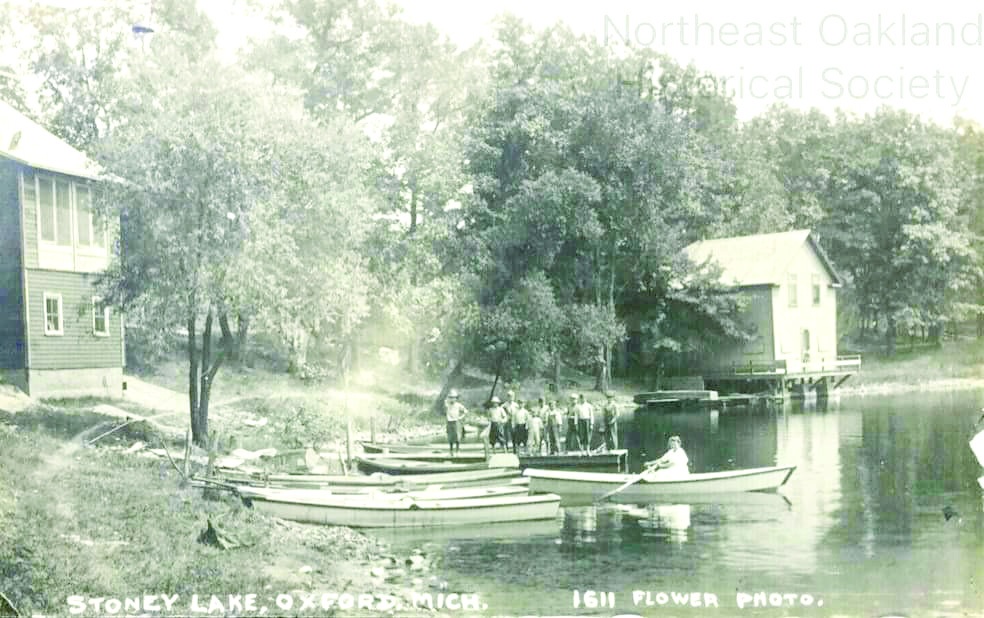
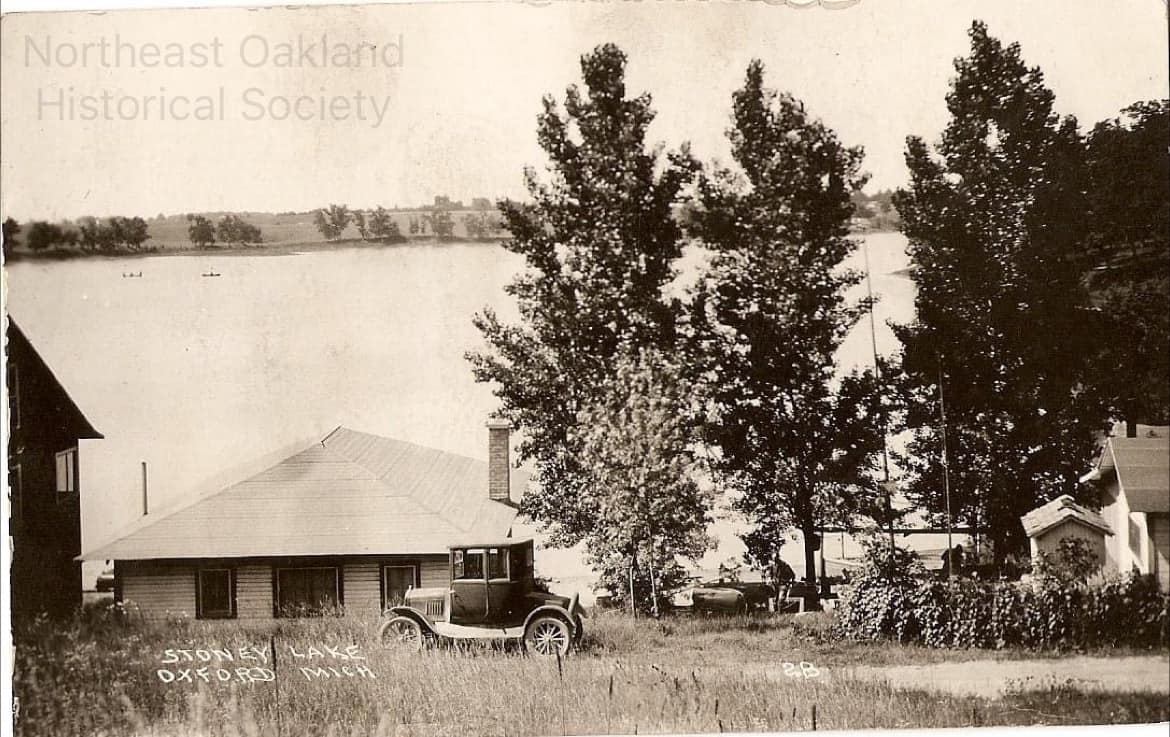
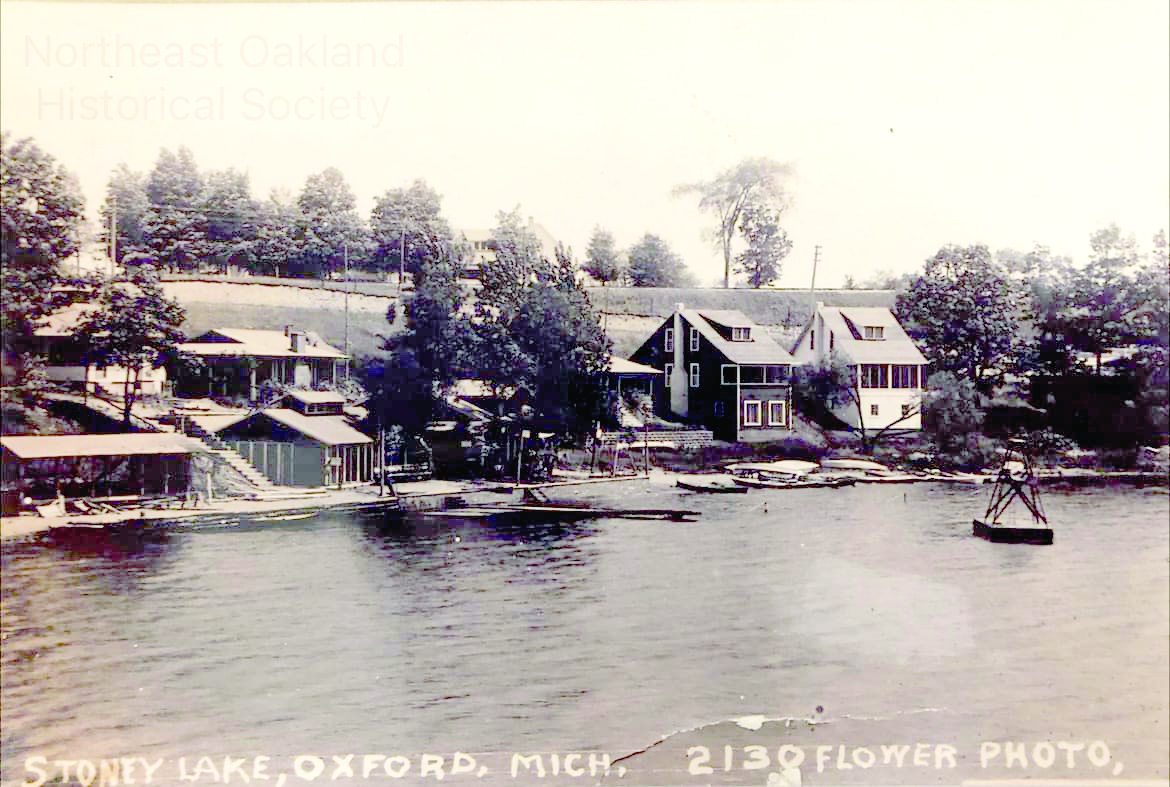
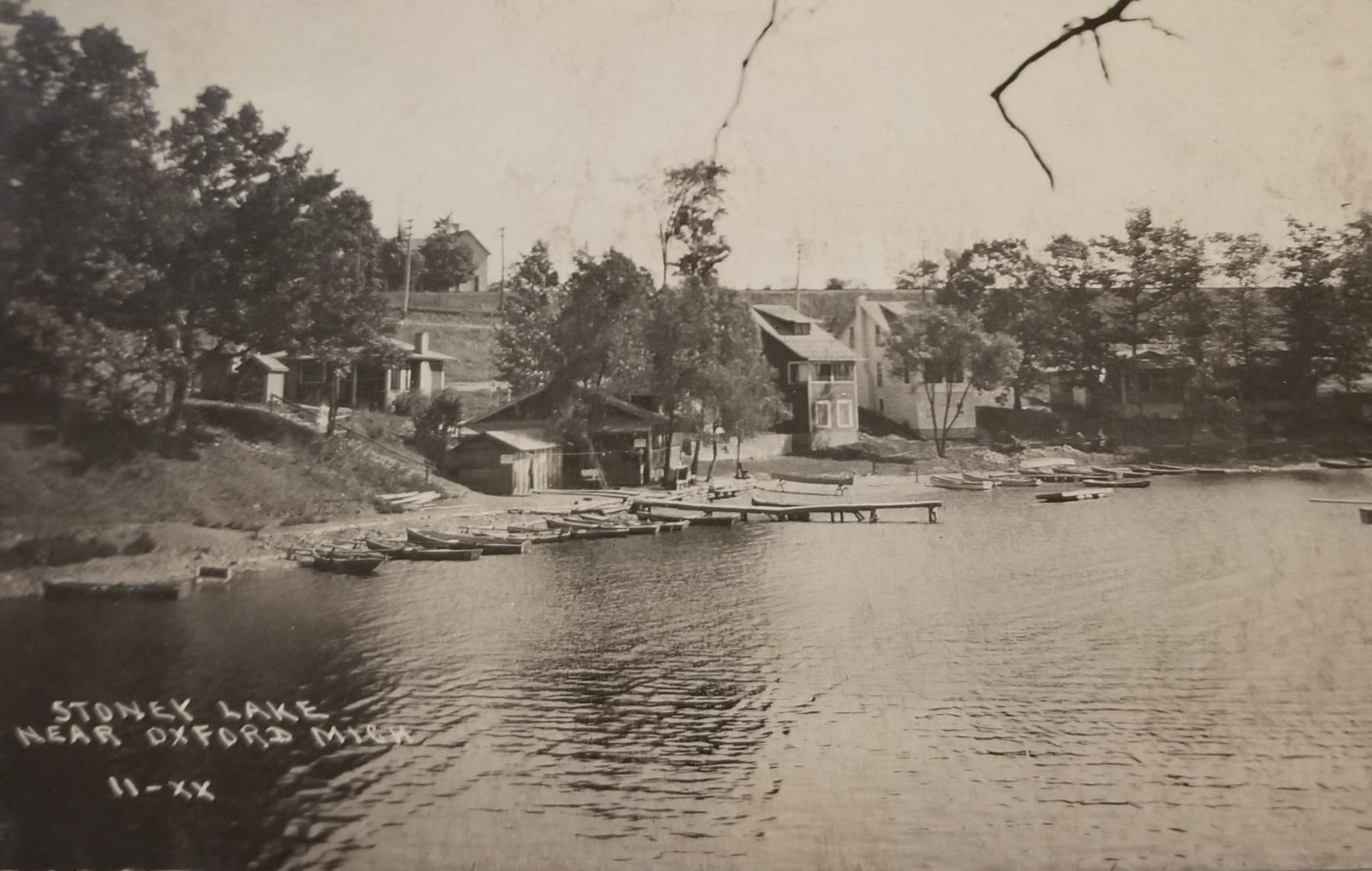
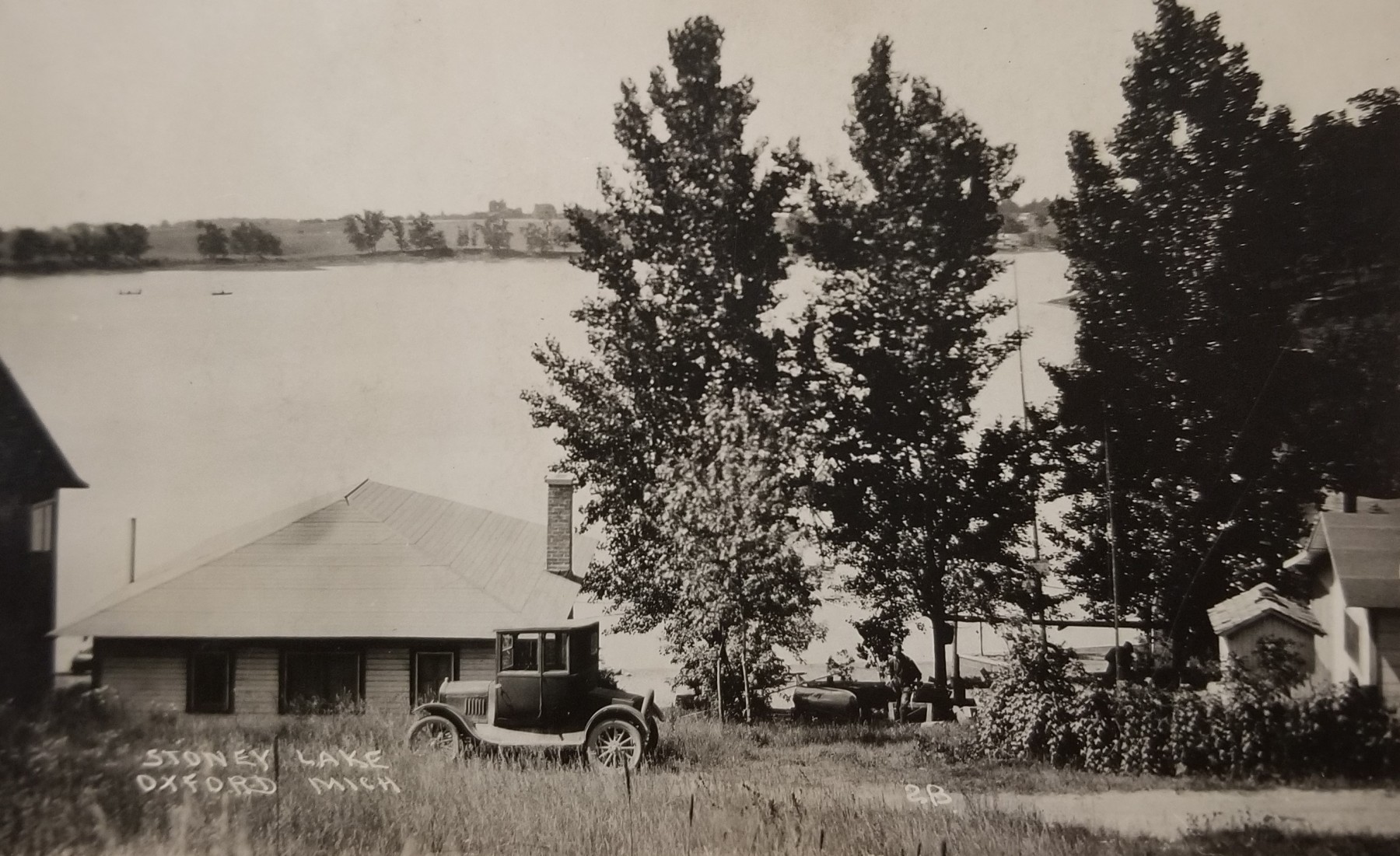
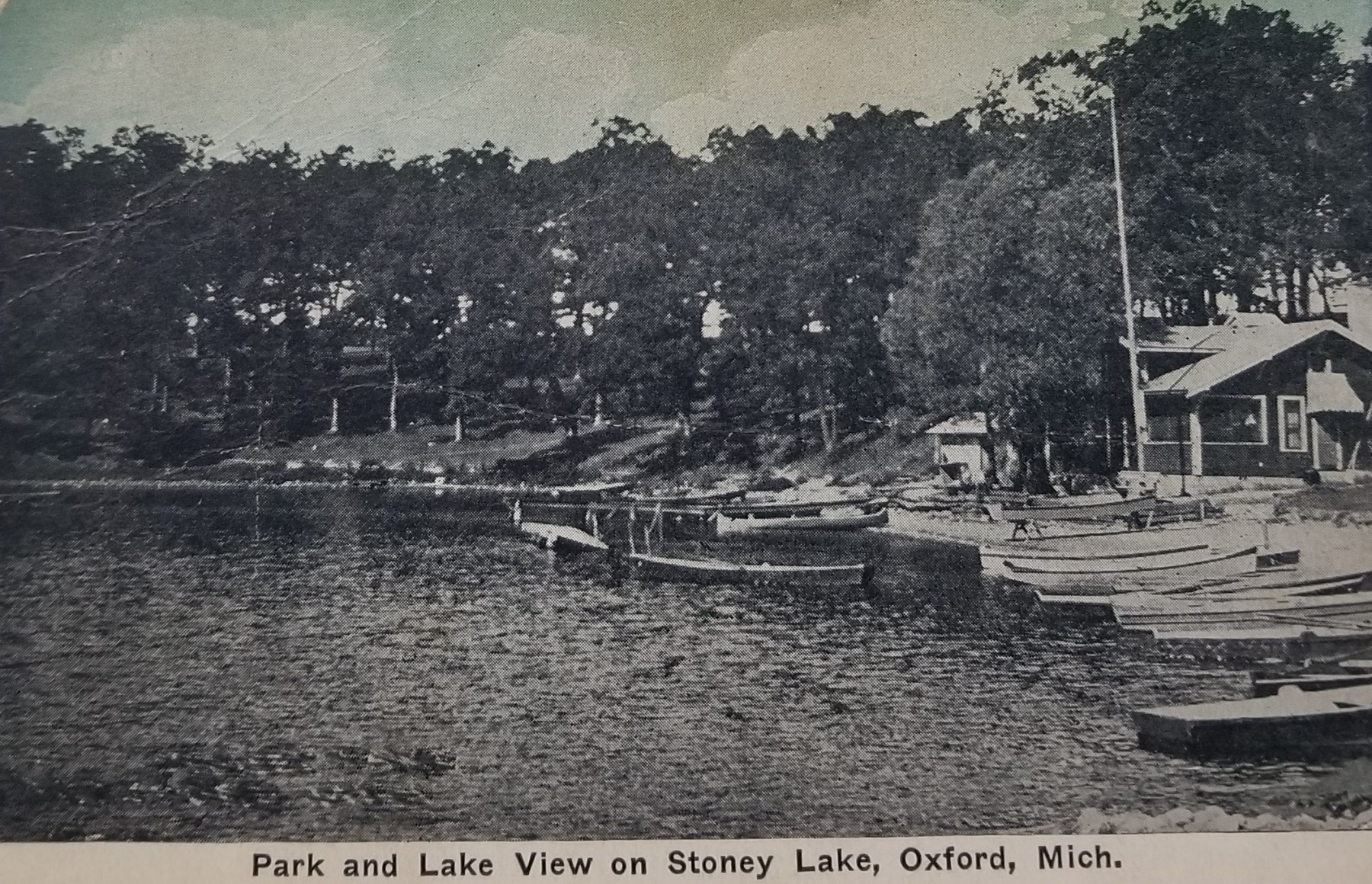
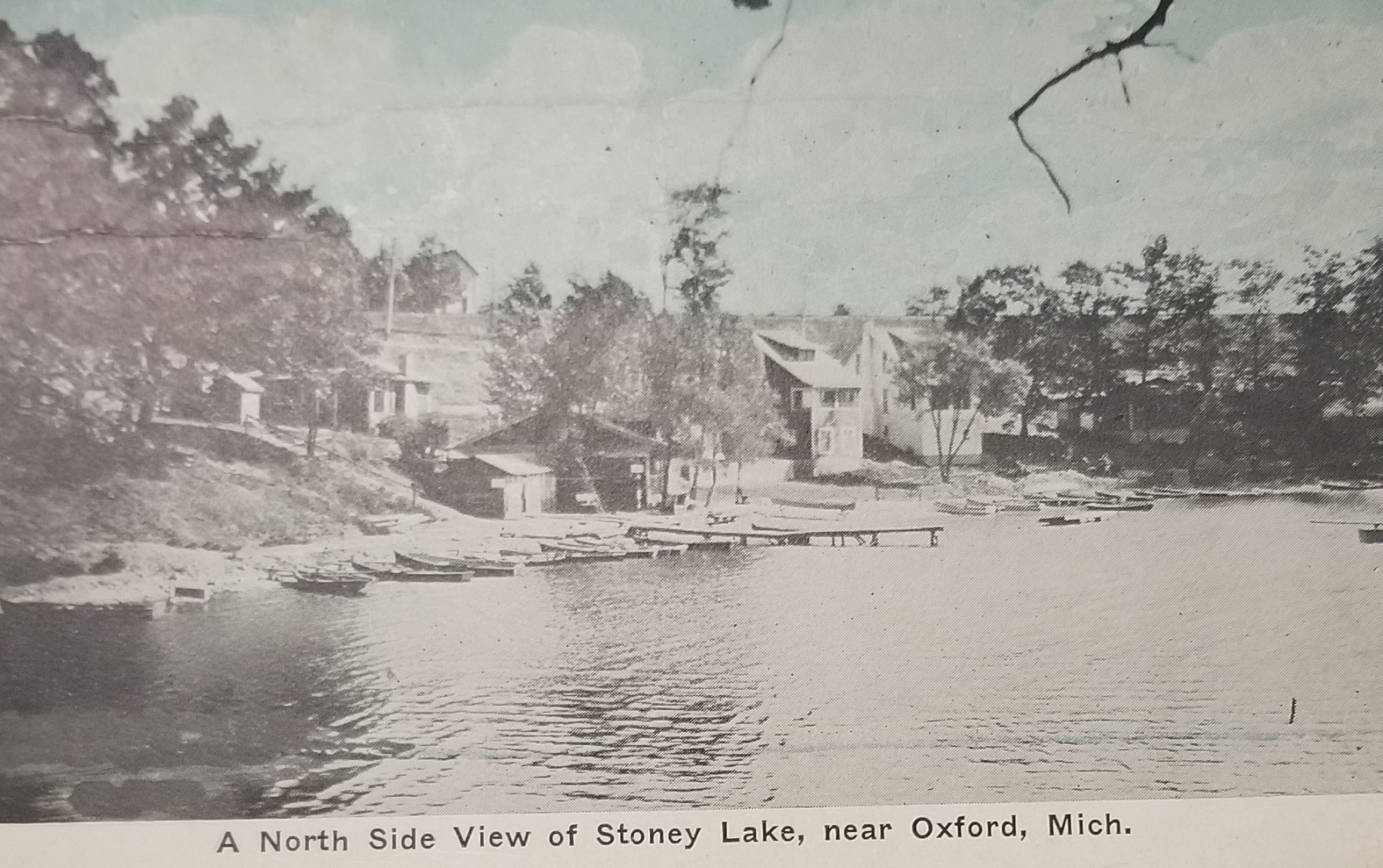
Leave a Reply